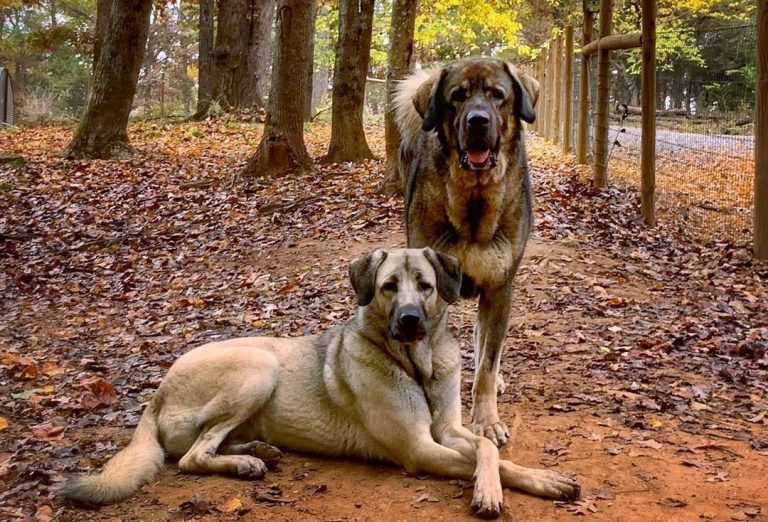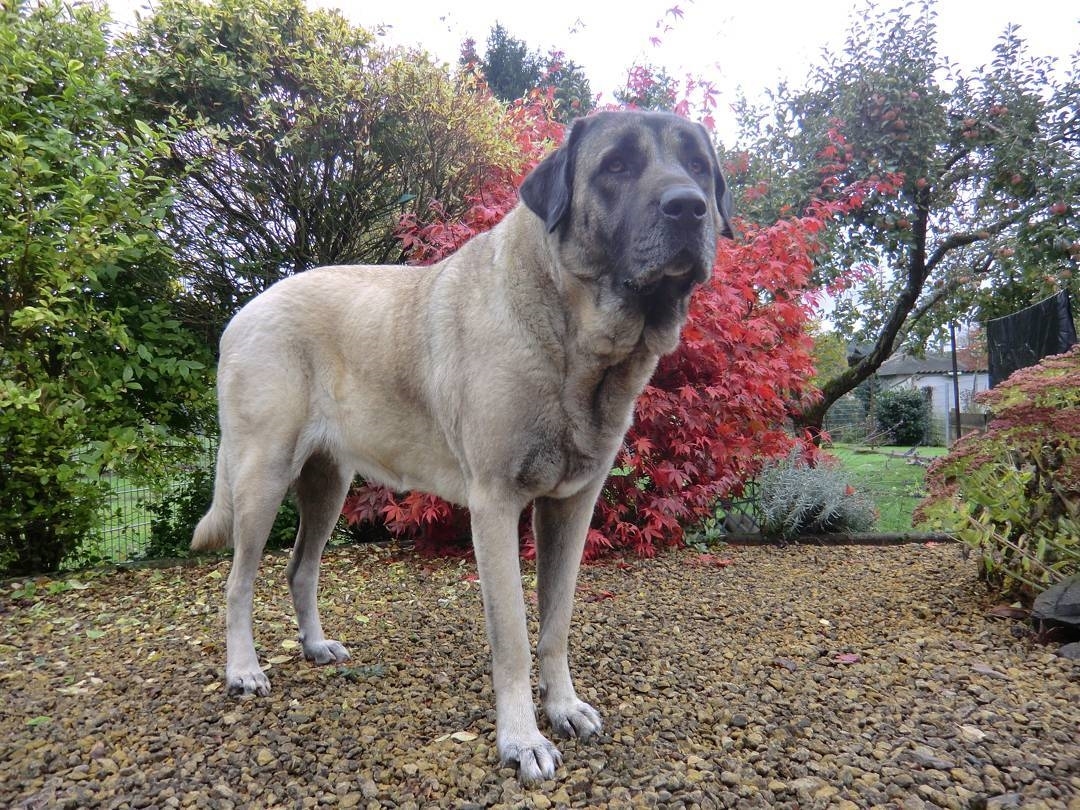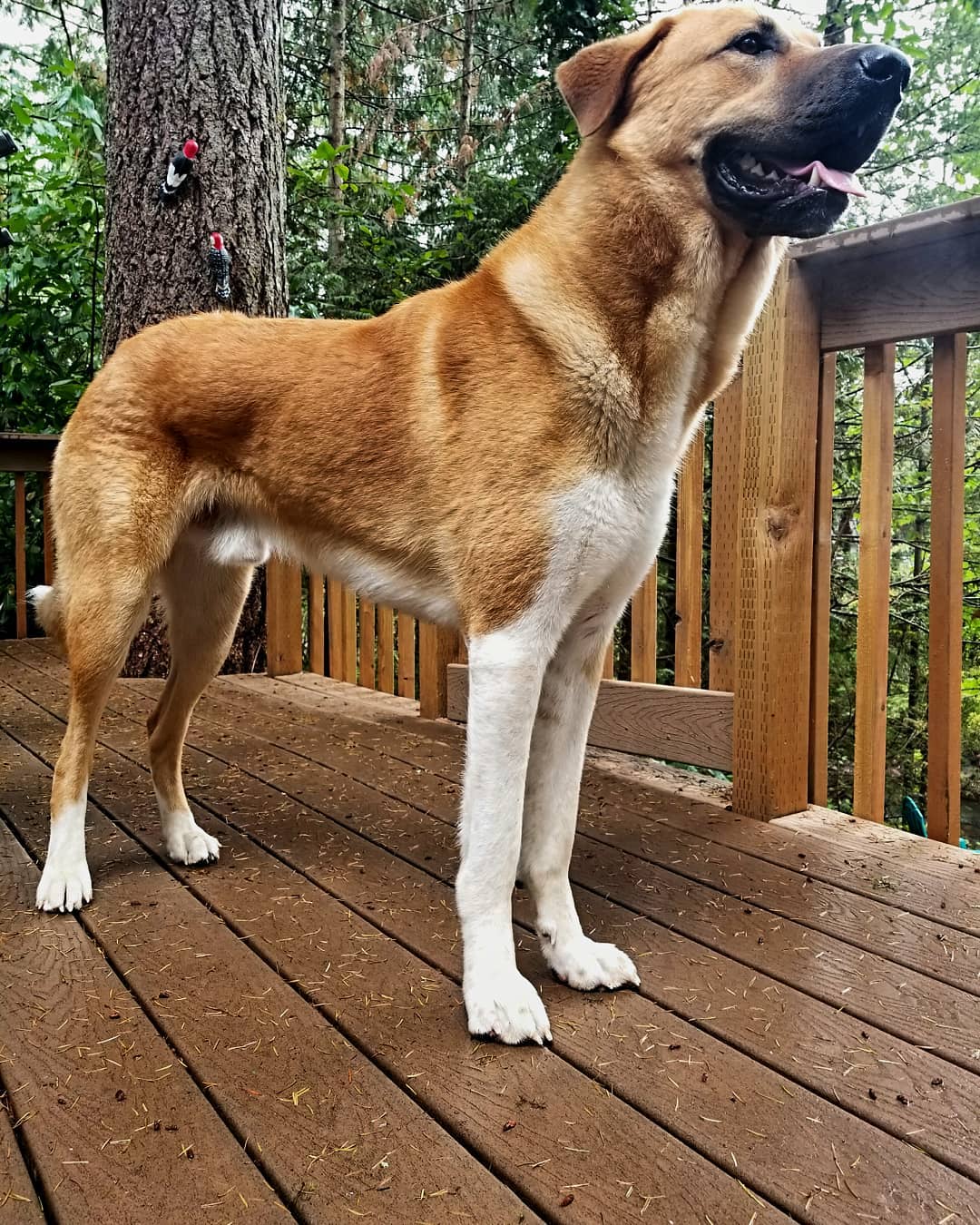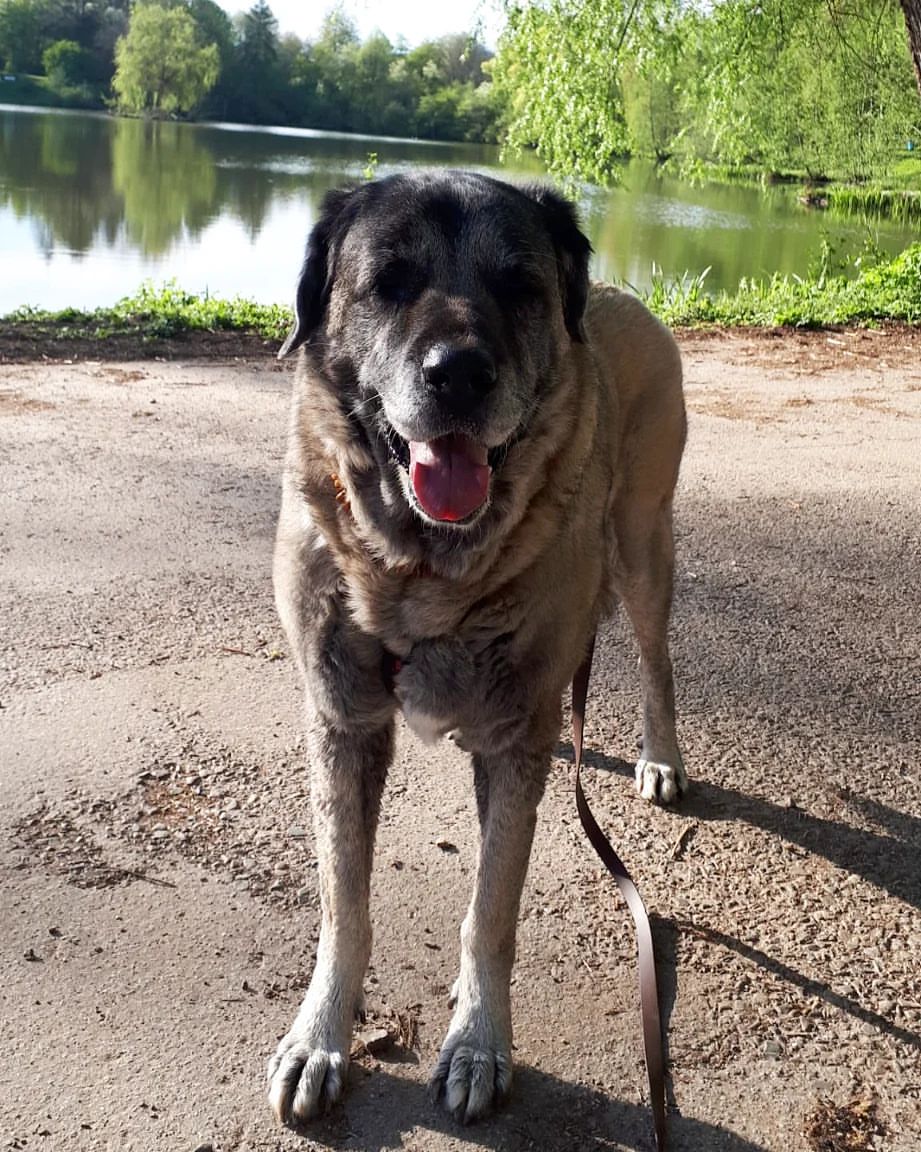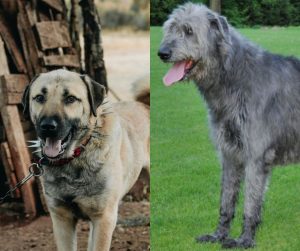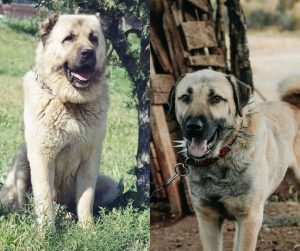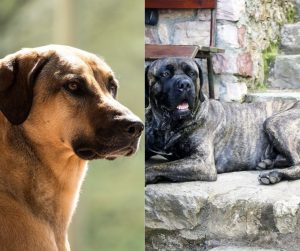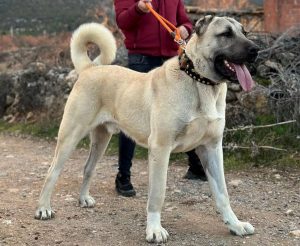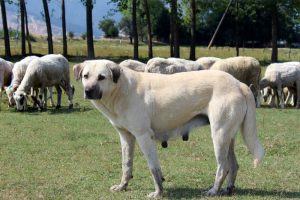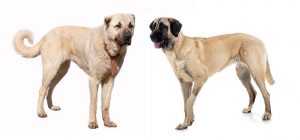The Anatolian Shepherd is somewhat of a mystery for many US citizens. This dog, originating from Turkey, is one of the best shepherds you will find. The Anatolian Shepherd can withstand different weather environments, and his giant size makes him a threat to any predator trying to harm your herd. What are some acceptable Anatolian Shepherd colors?
How to recognize this breed? According to the American Kennel Club and the breed standard, we will look into the accepted colors.
History of the Breed
As the name suggests, this shepherd dog breed comes from Turkey. The country has a key geographical position straddling Europe and Asia. As such, Turkey has always been a gateway between two continents.
The Anatolian Shepherd guardian dog also represents a transition between the large, mastiff-like breeds of Asia, Central Asian, and Caucasian Shepherd dogs. None of these Asian dogs are recognized by the AKC, and the smaller, stylized European cousins.
Many canine experts believe that all these mastiff-shepherd dogs originate from the Tibetan Mastiff.
Nowadays, the Anatolian Shepherd has spread to other countries around the world, not just in Turkey.
As is the case with other livestock guardian dog breeds, they often match the color of their sheep.
With the Anatolian Shepherd, however, the dog can be any color that reflects the diversity of the herds it manages.
Nowadays, we can say that no matter how or when the Anatolian Shepherd dog evolved, the end result was suited for its work. You can recognize it as a large, powerful, impressive breed that is also agile enough to catch predators. No matter how hungry this dog is, it will never harm the sheep. Their protection constitutes his life work.
How Do You Identify An Anatolian Shepherd?
Before we can talk about Anatolian Shepherd colors, let’s talk about the appearance. Some people also call them Anatolian Karabash dog. But it is the same thing.
You can identify it as a large, muscular dog, weighing between 80 and 150 pounds, depending on gender. As with other canines, the male weighs more. Many people describe the breed as rugged, mainly because of its large size and fur coat. These dogs have a short, thick coat that is slightly wiry to the touch.
This imposing flock guardian has an ancient lineage. The dog is protective and territorial, but at the same time, intelligent, patient, and loyal.
Standing between 27 and 29 inches at the shoulders, this profusely muscled dog is a match for any predator or harsh terrain.
Anatolian Shepherd Colors
Now we can talk about how to identify an Anatolian Shepherd and its colors. The main accepted colors are brindle, fawn, white, and biscuit. With that in mind, here are all the possible options for colors and markings.
- Completely fawn or completely red fawn
- Fawn with a mask, which can be a black mask, brown mask, or silver mask on the face
- Brindle with black mask, with fawn or black dominant color on the body
- Gray fawn is another accepted option
- Completely white dog
- Fawn pinto, which is a white dog with a fawn on the ears
- Biscuit and white combination
- Brindle pinto black mask is one of the rarest color options
- Fawn with Dutch markings, is when the dog has white around the neck, a fawn mask, and markings all over the body
- Fawn pinto black mask is another rare occurring option
Are Anatolian Shepherds Rare?
Up until the 20th century, the Anatolian Karabash dog was mainly native to Turkey. The first pair of Anatolian Shepherds arrived in the UK in 1965. But the breed remained rare outside Turkey. This also applies to the United States.
Is Anatolian Shepherd a Kangal?
Many people think that the Anatolian Shepherd and the Turkish Kangal are the same breed. That is partly true.
According to the American Kennel Club, they are the same dog breed. Yet, at the same time, the United Kennel Club recognizes the breed separately.
Is the Breed recognized by the AKC?
Yes, the Anatolian puppy is recognized by the AKC. They were bred to guard livestock, and as such, they are part of the working dog group.
Yet, unlike dogs like Australian Cattle Dog, German Shepherd, and similar herding breeds, the Anatolian Shepherd doesn’t herd livestock, only guards them. That is why he is part of the working dog group and not the herding dog group.

